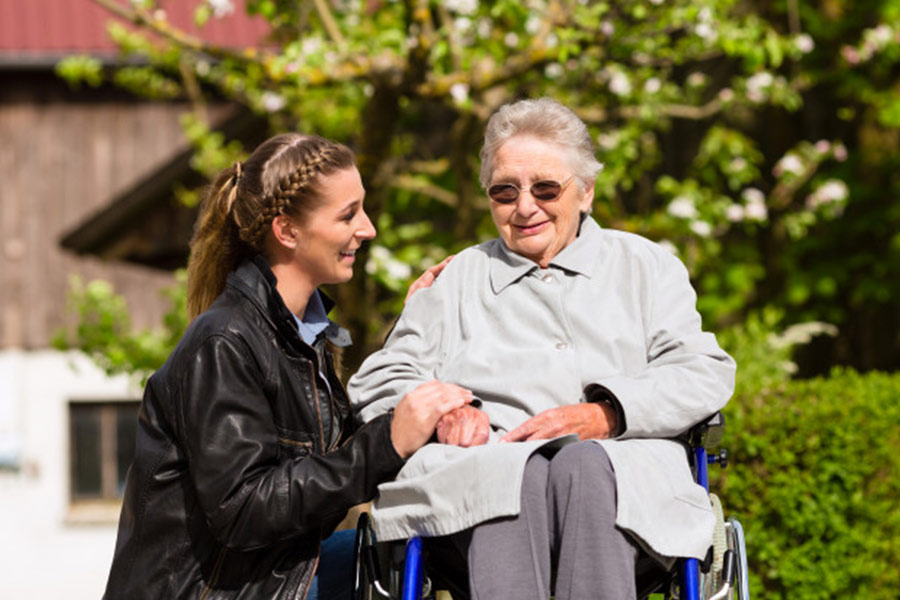According to a U.S. Census Bureau Report, approximately 40% of people aged 65 or above had a disability. Two-third of these people find it difficult to walk or climb. Yes, mobility issues are a real challenge among aging adults. Sometimes, these issues are triggered due to osteoporosis, Parkinson’s disease, joint inflammation or any cognitive disorder. Difficulty in mobility almost threatens their independence. Caregivers must know that they can immensely help these aging adults with mobility issues by considering these easy-to-follow tips.
Make sure the house is clutter-free
Aging adults who use mobility devices such as a wheelchair or a cane can experience a dangerous fall if the home is cluttered with unnecessary furniture and entangled electrical cords. So, make sure the home remains clean and clutter-free. Remember, not all seniors with mobility problem prefer to take assistance from caregivers in moving around in their own home. Making the house clutter-free will make the living environment safe for seniors with mobility issues.
Ensure easy accessibility
Make sure they can easily access their belongings within their home. So, they should have easy access to everything starting from their toothpaste in the bathroom to their favorite snacks in the kitchen cabinet.
Encourage them to walk daily
Make walking a part of seniors’ daily routine so that they minimize their mobility issues. Since they will likely refuse to indulge in a daily exercising routine like jogging or calf stretches, walking is the best option. Walk with them in a nearby park or outdoor facility in the early morning hours to prevent loss of bone mass. Daily walking will help them in improving their digestion too. Seniors can agree to walk daily if they have a companion.
Plan regular outings
It is vital to find ways to keep seniors moving, especially who are experiencing mobility issues. So, apart from encouraging them to go for a morning walk, plan regular outings. Places like a zoo, community park or museum where there are benches and ramps for easy movement can prove ideal for such outings.
Mobility issues should not become a barrier to their happiness. So, try to encourage them to pursue their personal interests. There are several activities that demand low mobility such as book reading and painting. For more assistance in caregiving, please don’t hesitate to take the help of our resources that are available for a free download.

